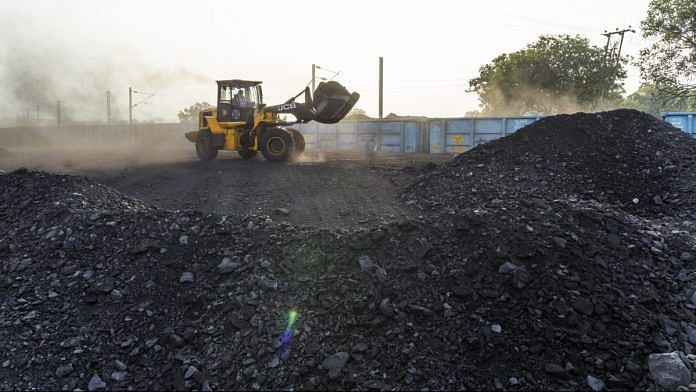
New Delhi: The Chhattisgarh government has utilised District Mineral Foundation funds for the development of several districts and for welfare of people living in areas affected by mining operations.
Sectors including health, education, skill development and employment, and welfare of women and children are among those that have been developed with the help of these funds.
The District Mineral Foundation Trust rules were launched by notification on 22 December 2015. Under Rule 3, the state government constituted the Trust in 27 districts by 2 January 2016. An average of Rs 1,200 crore was collected for the Mineral fund in 2018-2019 for 27 districts.
Emphasis on identifying mining-affected people
To ensure public representation, the minister in-charge of respective districts will be the Chairperson and all MLAs will be ex-officio members of the District Mineral Foundation (DMF) Governing Council. Chhattisgarh is also the first state where Gram Sabha members from mining-affected areas will be part of the Governing Council.
It has been hailed as an important step to empower mining-affected people. For Scheduled areas, at least 50 per cent of the Gram Sabha members will be from Scheduled Tribes (ST) category. Steps have also been taken towards women empowerment with 50 per cent female representation from each Gram Sabha.
Other significant changes include an emphasis on identification of mining-affected people (DMF beneficiaries) and delineation of mining-affected areas by experts.
Districts are also required to develop five-year vision documents for DMF Trusts through a need-based approach, which will guide yearly investments. Moreover, it mandates spending of at least 50 per cent of the total DMF funds on directly-affected areas to ensure that people at such places are taken care of on a priority basis.
Advocating spending on sustainable livelihoods, Chhattisgarh became the only state to recognise forest-based livelihoods as a high priority issue for DMF investment.
According to the decision taken by the state-level monitoring committee, funds are also being shared between adjacent districts where the local population is adversely affected on account of economic, social and environmental consequences due to mining-related operations.
Subscribe to our channels on YouTube & Telegram
Why news media is in crisis & How you can fix it
India needs free, fair, non-hyphenated and questioning journalism even more as it faces multiple crises.
But the news media is in a crisis of its own. There have been brutal layoffs and pay-cuts. The best of journalism is shrinking, yielding to crude prime-time spectacle.
ThePrint has the finest young reporters, columnists and editors working for it. Sustaining journalism of this quality needs smart and thinking people like you to pay for it. Whether you live in India or overseas, you can do it here.